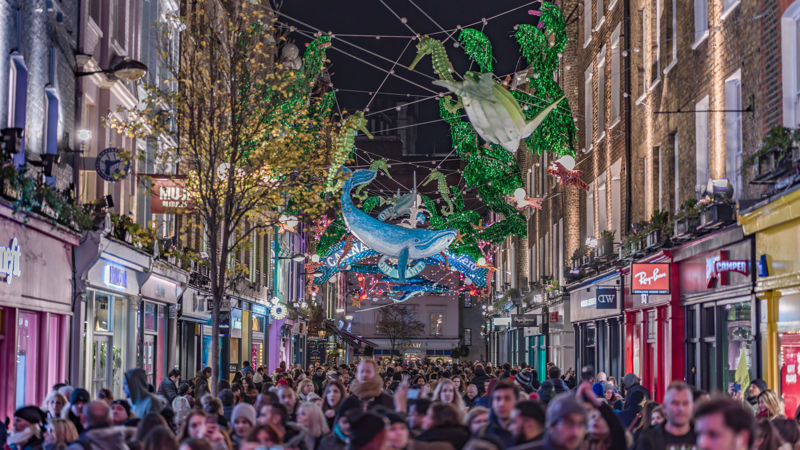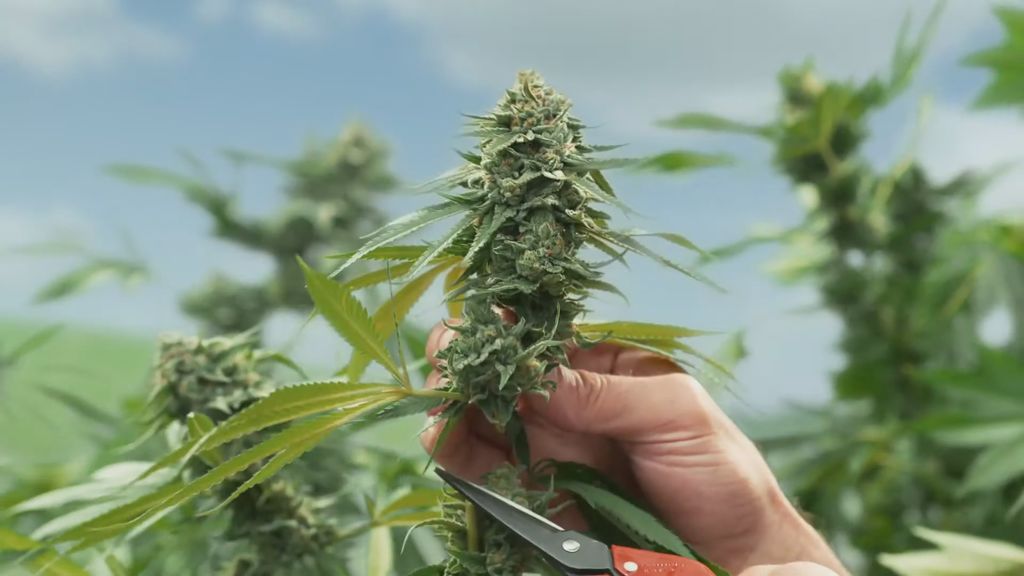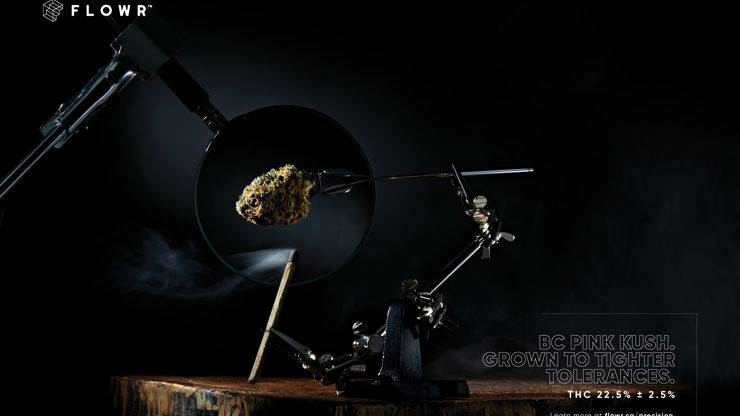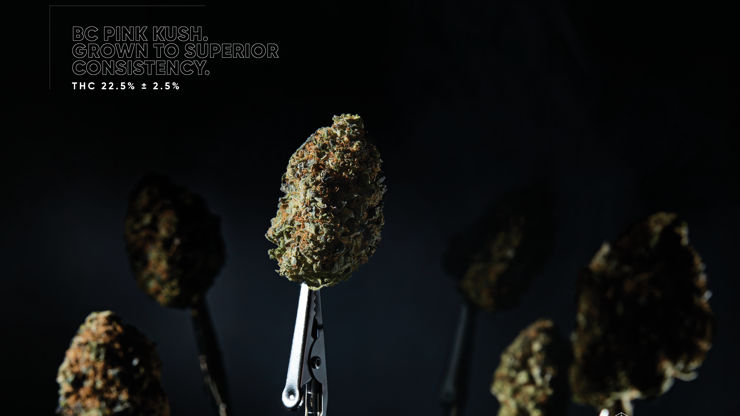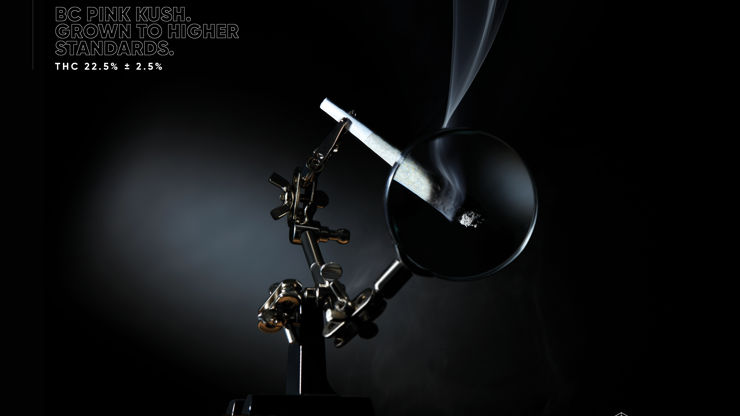In the weeds: The creative benefits of cannabis marketing
Adam Fierman, creative director at Zerotrillion, has spent the last two years creating campaigns for cannabis brands. In this piece he looks at advertising in the weeds, exploring the benefits found in creative confinement and other lessons we can learn from brands operating in a confined space.
There’s an irony in all discourse surrounding the business of cannabis.
For a long time, we were encouraged to avoid it at all costs; consuming it was bad, selling it, even worse. Yet here we are in 2021, riding the crest of a legalization wave and I’m about to extol the creative virtues to be found, not in the product itself, but in advertising it. It’s been a long road from prohibition, but we’re finally on the brink of what some are calling the ‘golden age of cannabis marketing.’ Hyperbolic? Perhaps. Inspiring? Absolutely.
For the cannabis industry (if nobody else) 2020 ended on a high. Americans spent $18 billion on legal cannabis last year; November’s election saw five states legalize the flower, paving the way for many others; and the UN Commission on Narcotic Drugs voted to reclassify weed, removing it from the list of dangerous and highly addictive substances. Moving forward, it’s anticipated that within the next four years legal sales of cannabis will reach $40 billion.
Credits
powered by
- Agency Zerotrillion/Amsterdam
-
-
-
-
Unlock full credits and more with a Source + shots membership.
Credits
powered by
- Agency Zerotrillion/Amsterdam
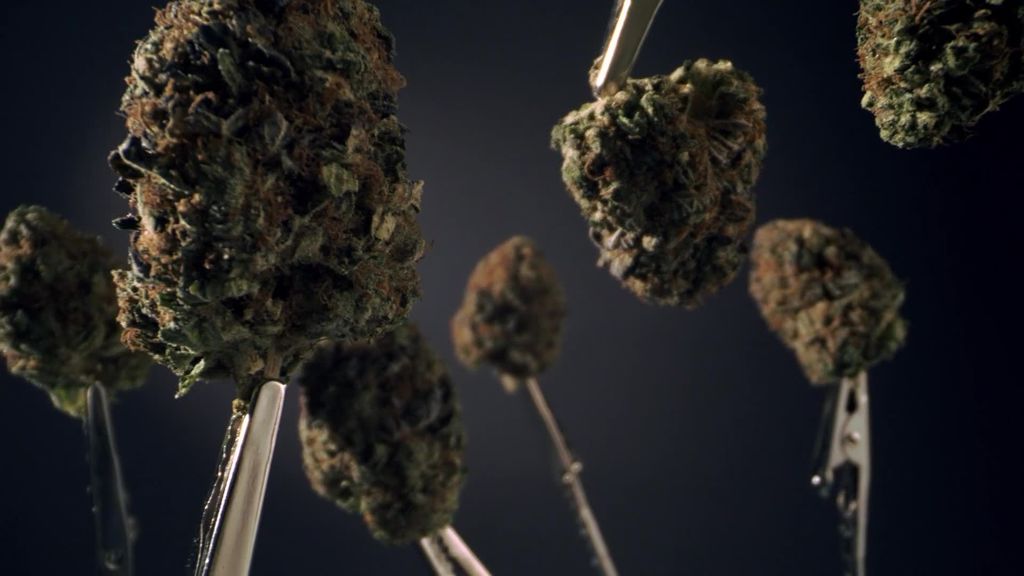
Credits
powered by
- Agency Zerotrillion/Amsterdam
For us, as marketers and creatives, this new business poses a unique and exciting opportunity. There’s an unavoidable appeal to this emerging market, a glamour to working on something that was once forbidden. This moment is a rare chance for us to create for the undefined. As someone who has spent the last two years building an award-winning cannabis brand and its accompanying campaigns, I can confirm that, creatively, it really is as good as it sounds.
But—because there is always a ‘but’—what’s often overlooked in the current narrative is that with decriminalization comes regulation. This means that cannabis marketing will come with rules, and lots of them. It’s easy to be swept up in the excitement and buzz of the market but we also have to acknowledge and respect the restrictions that come with it.
We may be confined by legalities, but we’re totally free from the confines of comparison
Now, as an American based in Amsterdam, working for a cannabis brand in Canada, the legalities I encounter vary depending on the region, as they will depending on the state in the US. As an example, here are just some of the regulations to keep in mind during a brainstorm:
- You’re not allowed to talk about how cannabis makes a user feel, or discuss any of the purported benefits.
- You’re not allowed to name people who would use it or associate it with culture in any way.
- You’re not allowed to talk about price or give testimonial endorsement and
- You can’t make it appealing to kids in any way.
Other than that (and another 60 pages of legal jargon), you’re free to ideate.
Kiva – The Secret to Kiva's Chocolates
MedMen – The New Normal
HMBLDT – Matt
Above: Additional examples of creative cannabis advertising from Biscuit Filmworks, Mekanism (and Spike Jonze), and brand hmbldt
The current side effects of these regulations mean that we’re seeing an industry building on great design, but one that is left vulnerable by a lack of great advertising. The legalities surrounding the creative cannabis briefs are painting many into a corner of silence. Personally, it’s the rules that make this space so creatively fulfilling for me.
It’s easy to be seduced by carte blanche briefs, but creativity without constraint is capital-A ‘Art’ and that’s not the business I’m in. To adapt the famous aphorism of David Ogilvy: there’s freedom in the tightly-defined brief, and it doesn’t get much tighter than cannabis. So rather than struggling against regulation, embrace it. You’ll be surprised by just how creatively inspiring regulation can be.
There’s an unavoidable appeal to this emerging market, a glamour to working on something that was once forbidden.
To embrace the regulations and not get bogged down in them is to be truly creatively liberated. Unlike almost every other product, cannabis comes without a pre-existing playbook. We don’t have reams of reference material to draw on and we don’t have any preconceived ideas about what things should look like. We have a unique opportunity to forge a new path. Yes, we may be confined by legalities, but we’re totally free from the confines of comparison. This gives us an opportunity to define, to set the bar, watch as others raise it, and come back again with better, stronger ideas. It creates a spirit of competition across agencies that’s become rare in advertising. We’re not just trying to best one another, we’re trying to progress what’s even possible in the industry.
One of the most powerful aspects of working in cannabis is the impact we’re able to have.
As more brands and campaigns emerge, the taboos that are associated with cannabis break down, replaced by curiosity. Unlike so much advertising that’s spent screaming at the disinterested, in cannabis we get to create for the curious. We have audiences who, for the first time, feel like brands are speaking their language. Creatives should sprint headlong into that, not shy away from it.
Above: Award-winning ad design for Canadian cannabis company Flowr by Zerotrillion
One of the most powerful aspects of working in cannabis is the impact we’re able to have. This is not a product or an industry about which the public has made up its mind. Every day, notions about cannabis are in flux at every level of society, culture, and politics. The advertising we make doesn’t just help a brand sell product; it can help further a narrative of acceptance that’s long overdue. As marketers and advertisers, we are stewards of that progress and we have to take ownership of our responsibility.
Creativity without constraint is capital-A ‘Art’ and that’s not the business I’m in.
I’ve been working on cannabis campaigns for the last two years and one of the biggest unexpected benefits has been the impact these learnings have had on my other work. Seeing the effect of creativity beyond the campaign, beyond the client’s metrics of success, I now try to constrain every brief for every client in every industry. Instead of loosening a brief, I tighten it. I purposely add restrictions and watch how it liberates my thinking.
The current side effects of these regulations mean that we’re seeing an industry building on great design, but one that is left vulnerable by a lack of great advertising.
For my peers working in other industries, I have a counterintuitive piece of advice. Impose new regulations on your own briefs. Look for ways to box in your brainstorms. Corral your ideation. Constrain your thinking. I think you’ll be amazed by how much fresh creativity it’ll inspire.
We’ve not yet reached the golden age of cannabis marketing—in fact, we’re a long way off—and that’s a good thing. Let’s not race to get there but instead savor an industry still in its infancy and enjoy the rare pleasure of defining it.
)

